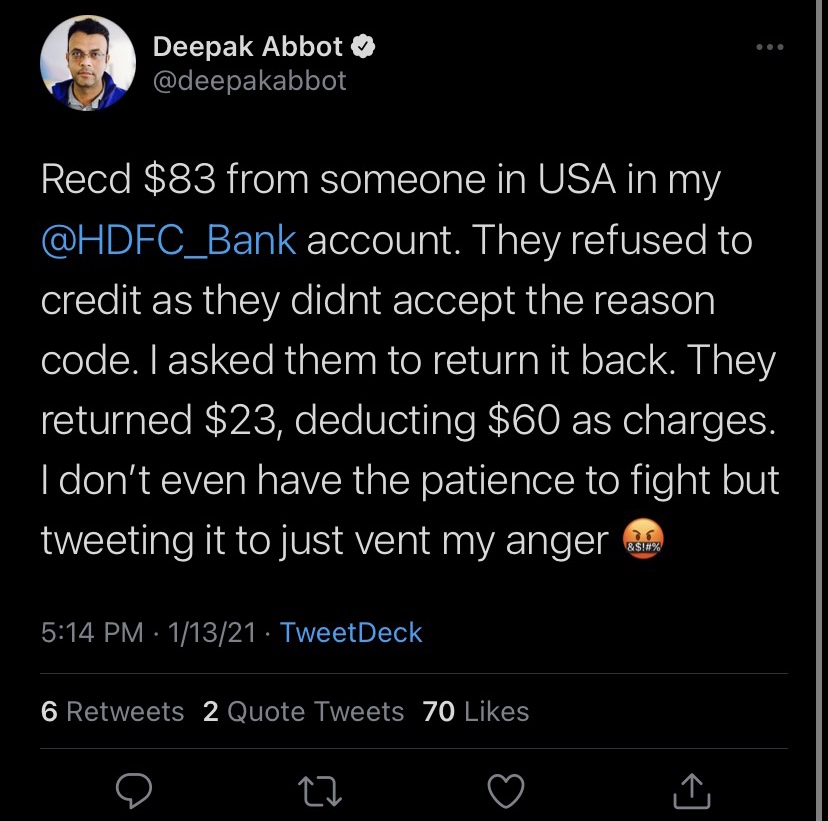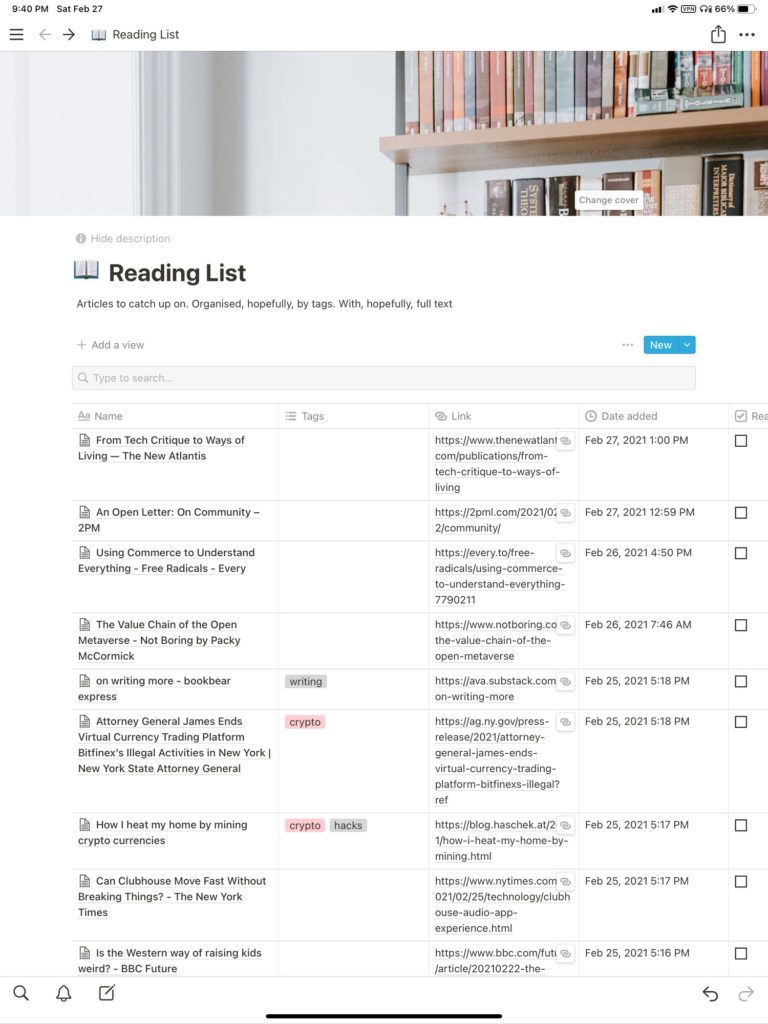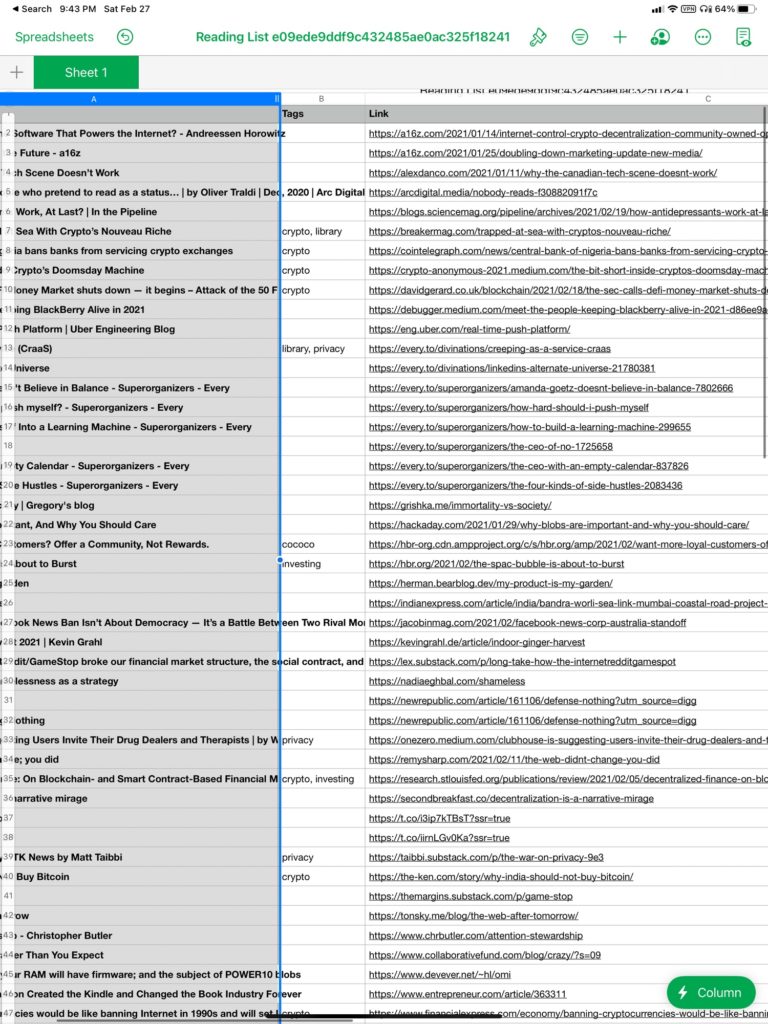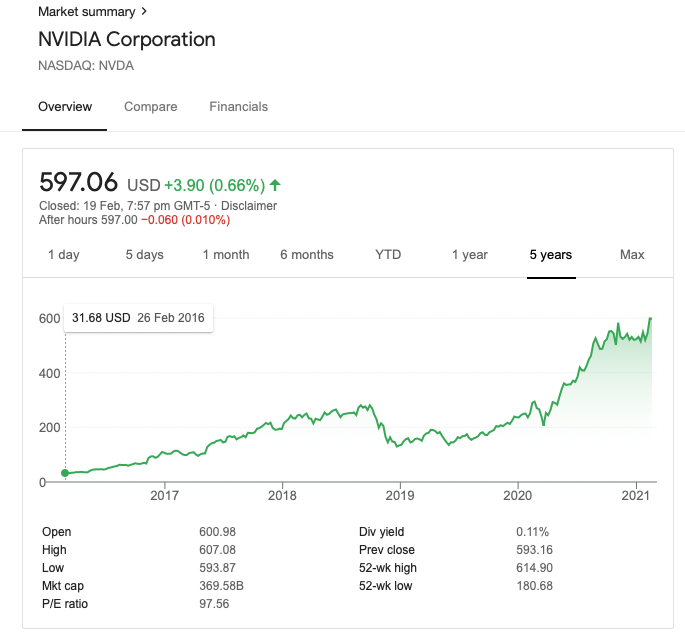We just read about anxiety-inducing tactics by social media and games like FarmVille.
Today we look at a related but distinct issue: the use of “dark patterns” used by marketers on the internet.
Dark patterns are ways of designing emails, websites and other messages that confuse or manipulate people into taking an action other than what they intended.
The New York Times reported the use of such patterns by the 2020 Trump re-election campaign:
The Trump team repeatedly used phantom donation matches and faux deadlines to loosen donor wallets (“1000% offer: ACTIVATED…For the NEXT HOUR”). Eventually it ratcheted up the volume of emails it sent until it was barraging supporters with an average of 15 per day for all of October and November 2020.
Contributors had to wade through a fine-print disclaimer and manually uncheck a box to opt out…It introduced a second prechecked box, known internally as a “money bomb,” that doubled a person’s contribution. Eventually its solicitations featured lines of text in bold and capital letters that overwhelmed the opt-out language.
By October there were sometimes nine lines of boldface text — with ALL-CAPS words sprinkled in — before the disclosure that there would be weekly withdrawals. As many as eight more lines of boldface text came before the second additional donation disclaimer.
This was what it looked like:
The article does not do a good enough job writing about the cost to people’s financial and mental well being, the most important aspect of this story. The one that they do explore in some detail is this horrifying story of a person dealing with late-stage cancer:
Another $500 was withdrawn the next day, then $500 the next week and every week through mid-October, without his knowledge — until Mr. Blatt’s bank account had been depleted and frozen. When his utility and rent payments bounced, he called his brother, Russell, for help. What the Blatts soon discovered was $3,000 in withdrawals by the Trump campaign in less than 30 days. They called their bank and said they thought they were victims of fraud.
I often write about attention on this website. Stories such as this should indicate why this issue is important to me. A life that is spent navigating interfaces like this and dealing with the severe consequences of one false move is not a life of any great quality. We deserve better of the Internet.






